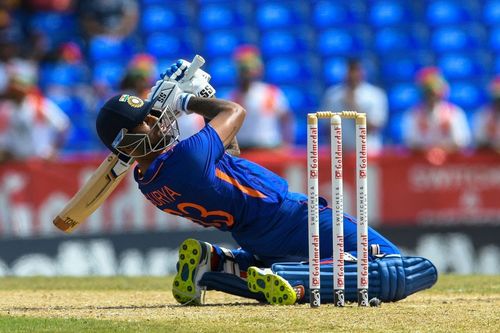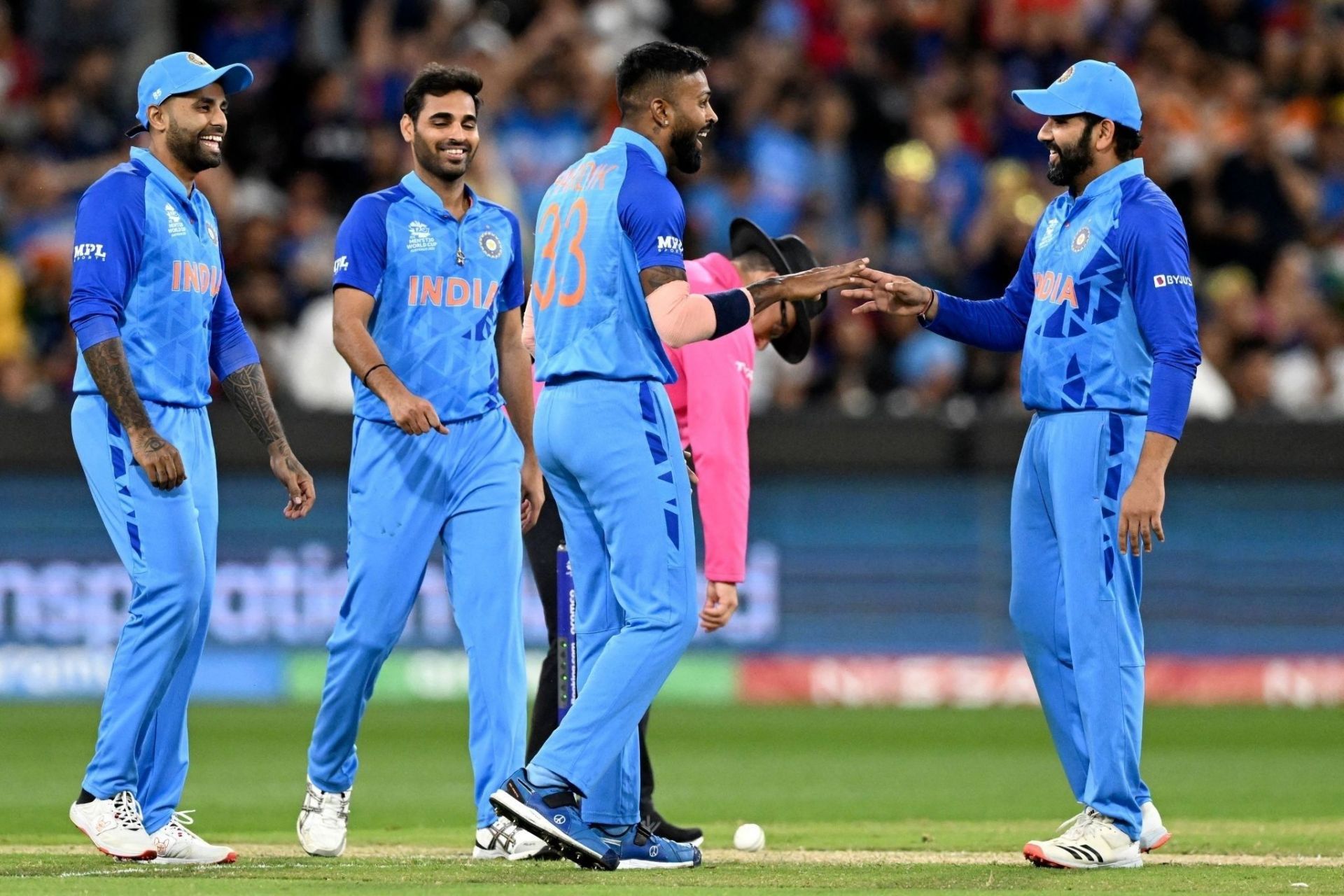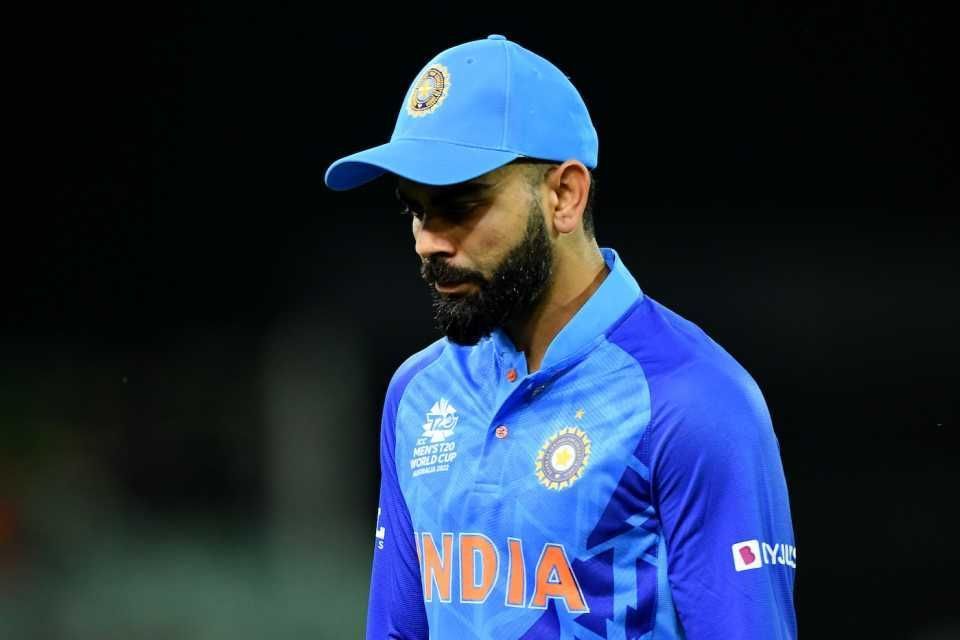
Why Team India shouldn't panic after their T20 World Cup 2022 exit
The stage was set for the Indian Cricket Team. Having topped their ICC T20 World Cup 2022 group, all they needed was one win to set up a title clash with their arch-rivals.
They had already bettered their performance from the previous edition and looked set to play in front of a raucous Melbourne crowd once again. Fans and pundits alike began licking their lips at the prospect of a rematch between the subcontinental teams, hoping it would come close to their nail-biting first game at the same ground.
Except they had to get past an England side that has consistently been ahead of the curve in this format. Although their unexpected loss at the hands of Ireland had cast a shadow over expectations from them, Jos Buttler's men were one of the most dangerous sides heading into the tournament.
Brimming with power-hitting and bowling options right through their lineup, India's opposition should have commanded a lot more attention in the lead-up to the semifinals than they received. And, as they showed on Thursday, they deserved it too.
Hapless losses do not sting as much as close ones, but the shell-shocked silence afterwards can inspire some existential questions. Change the captain and coach? Remove the old guard and blood young players? Send the players to international T20 leagues, even at the cost of domestic cricket? Once these questions are out of the way, the scrutiny of each individual player's place in the team begins.
Surely, the BCCI and board of selectors will have a lot on their plate. However, the squads picked for the team's upcoming tours of New Zealand and Bangladesh do speak of continuity in selection. Here's why the Indian team shouldn't panic despite their drubbing in the World Cup semi-final.
Effective pre-tournament preparation

India played no less than 35 T20I fixtures between the previous T20 World Cup and this one. From the get-go, India were out to embrace a more positive batting approach and take more risks throughout their innings. Across different teams and conditions, the team did not lose a single T20I series in that period, with different stars emerging at different points.
One feature of the preparation for the World Cup was role clarity. While the Rishabh Pant-Dinesh Karthik debate was a heated one right until India's semifinal loss, the team gave the senior man enough matches to settle in to his finishing role. There was also near-consistent backing for Bhuvneshwar Kumar, despite the experienced campaigner enduring some tough days when it seemed his lack of express pace could be a sore point despite his mastery over swing.
The team also had a huge call to take over Virat Kohli. India's highest run-getter in the competition had a dreadful Indian Premier League (IPL) season and was afforded several breaks to regain his form. In a move that paid rich dividends, the star batter was backed to the hilt and showcased his enduring match-winning ability. Backups were identified clearly as well - Axar Patel had a good run of games, as did Ravi Bishnoi and Deepak Hooda.
The consistency in selection and clarity was a major difference between this time's preparation and that of the previous edition. Given the paucity of international matches before the World Cup, one could possibly excuse the selectors' recency bias. In the 2022 World Cup, India's XI consisted of players who had a significant number of games under their belt and were well-tested prior to the tournament.
Numerous positives from the campaign

In a tight tournament full of shock results, India emerged from the group stage relatively unscathed. Bhuvneshwar was economical and accurate, but it was his young bowling partner Arshdeep Singh who embellished his already glowing reputation as a temperamentally sound and highly skilled bowler. Although Mohammad Shami didn't quite set the tournament on fire, the senior man's ability at different stages of the innings gave Rohit Sharma an attacking option.
Although he came a cropper against Pakistan and England, Suryakumar Yadav played some incredible knocks to set up strong totals for India. His single-handed effort against South Africa gave the team a fighting chance when everyone else struggled to play the Protea quicks. Virat Kohli was sublime against Pakistan and Bangladesh in particular, playing to a comfortable template of consolidation followed by acceleration.
Continuing on from a defining IPL season, Hardik Pandya made crucial all-round contributions for the team. His three-fer and 40 against Pakistan were as important to India's cause as Kohli's memorable innings. In a game where India had struggled by the 15-over mark, the powerful striker exploded to take the team to a competitive total of 168.
What can India take away from this World Cup?

Although there was no trophy for the taking, India know what they need to do better for the next edition. Playing some international games in local climes, or at least in similar conditions to what they might expect in the Caribbean, is a must to help them identify the right players to fill certain roles. That would allow the team composition and responsibilities to remain somewhat static for enough time to give the personnel enough confidence.
Further, for a country so rich with talent, the team cannot be over-reliant on individuals like Jasprit Bumrah and Ravindra Jadeja to consider themselves crippled in their absence. Knowing the fickle nature of the sport, the team should test different players in crunch situations for the process of substitution to be seamless. Had someone like Shami been brought in before the eleventh hour, he would surely have had a much larger impact in the tournament.
Finally, the team needs to stick with its attacking approach even in big tournaments. India's top three are incredibly talented players, doing a grave injustice to their ability by playing an anchor role. Bolder strokes from their experienced players, and some more spunk with the ball, will mean the same team lifts its performance in time for the next big event.